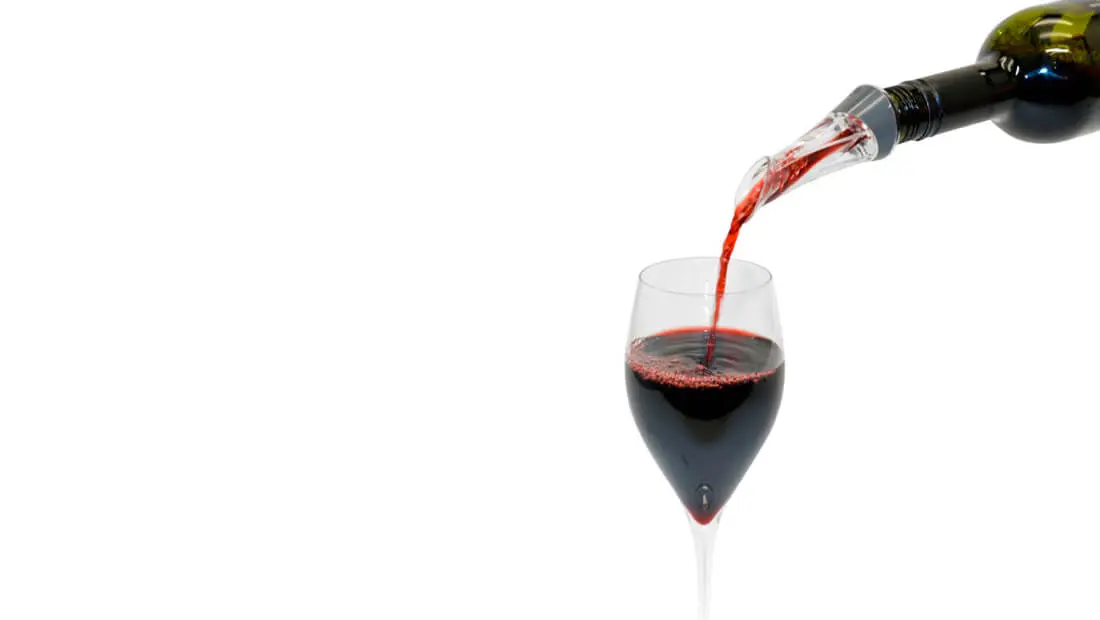
Why use a wine aerator?
Aerating wine allows the taster to experience the full character of a wine by enhancing its flavour and scent/bouquet/aroma. Exposing wine to air does two things: it triggers oxidation and evaporation. With aeration, the volatile undesirable compounds found in wine such as sulfites will evaporate leaving only the desirable, aromatic and flavorful ones. Typically red wines are aerated, but it can be also beneficial to white wines as well. There are many ways you can aerate your wine:
- Pour into wine glass: Simply opening a bottle and pouring the wine into the glass, then swirling the wine inside the glass, is one way to aerate your wine.
- Use a decanter: For more extreme aeration, you can use decanters: pouring the contents of your bottle into a glass vase of a particular shape, swirling the wine in the decanter, then setting it aside.
- Use a wine aerator: Aerating the wine while pouring, using a wine aerator that is fixed to the bottle makes the process much simpler. The air intake allows for the wine to breath instantly by mixing the perfect amount of air. Often, wine aerators also come with a serving spout. You can enjoy your wine faster as there is no need to pour the wine into a decanter and set aside for a long period of time. The wine aerator works with all types of wine, except sparkling wine.
The more dense and concentrated a wine is, the more it will benefit from aeration and the longer it can go before beginning to fade. On the other hand, you probably don’t want to aerate delicate older wines for long, as you can miss out on their unique aromas, but they’re often decanted to remove sediment.
How to use a wine aerator
Insert the wine aerator on the bottle end and pour wine directly into the glass. Tilt the bottle to a 45° angle. You will see and hear the air flow. As the aerator fits directly on the bottle, the process can be done with just one hand.
How to optimize wine tasting experience
Serve wine at its optimal temperature
Commonly, red wines are served at room temperature and white wines chilled. However, wine opens up and releases its richest bouquet of aromas at a particular temperature depending on the type of wine, the grape variety and the region it comes from. Note that the serving temperature is not the same as the storing temperature.
Aerate the wine
Like many expert says: “Wine tasting comes from smell.” Aeration increases the pleasure of drinking wine by releasing its scent and enhancing its flavour. In particular, it can soften the tannins in young wines by reducing the high level of carbon dioxide.
Choose the appropriate glass
There is a wine glass designed for every major types of wine. The different shape and size of the wine glasses can direct the wine to the right sensors on the tongue and funnel the aroma to the nose. When pouring wine, stop at the widest part of the glass. This will ensure the optimal aeration. In addition, you can swirl the wine without spilling it. Multi-purpose wine glasses are designed to serve variety of wine.
Source: www.onwinetime.com